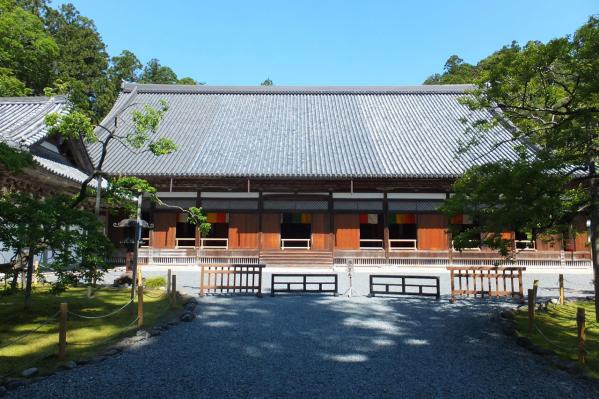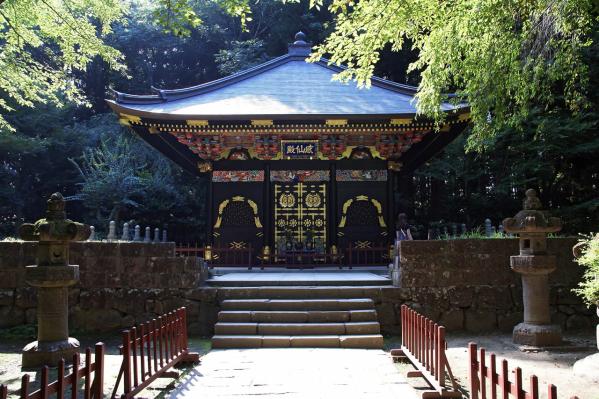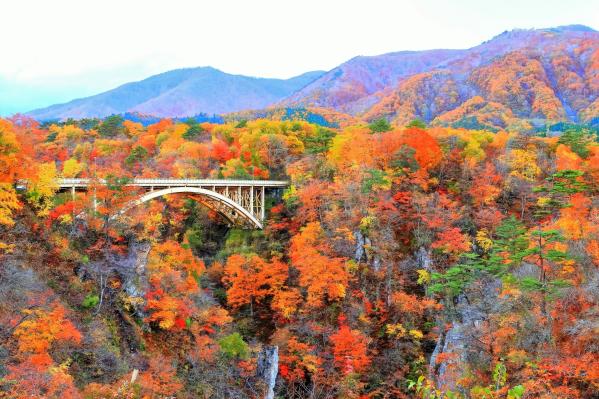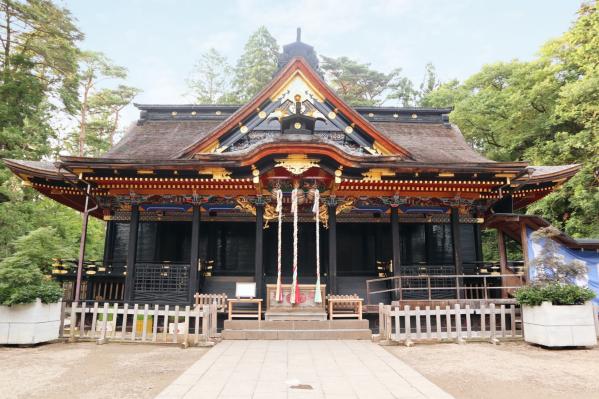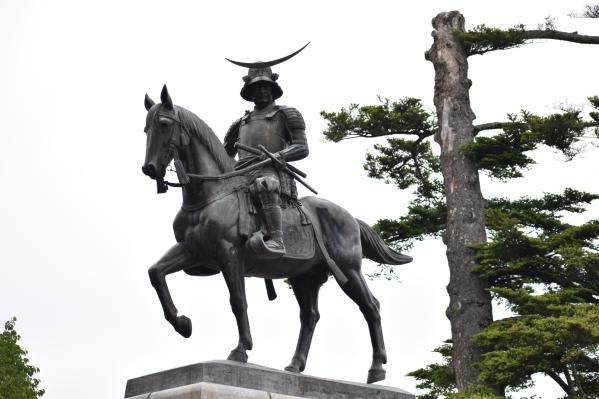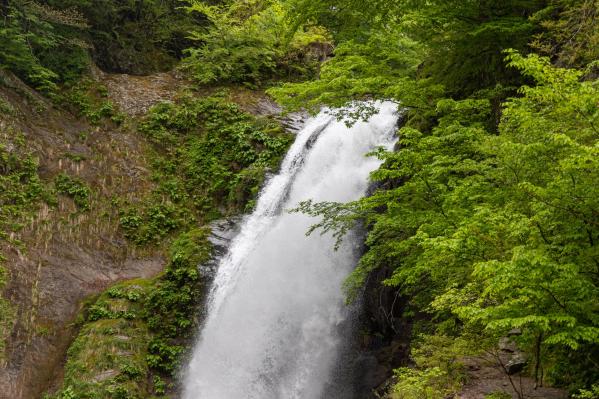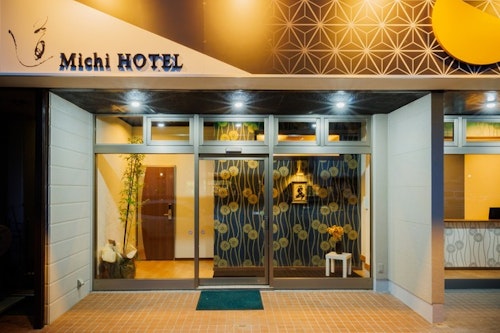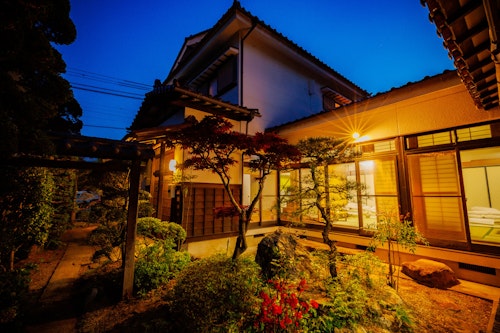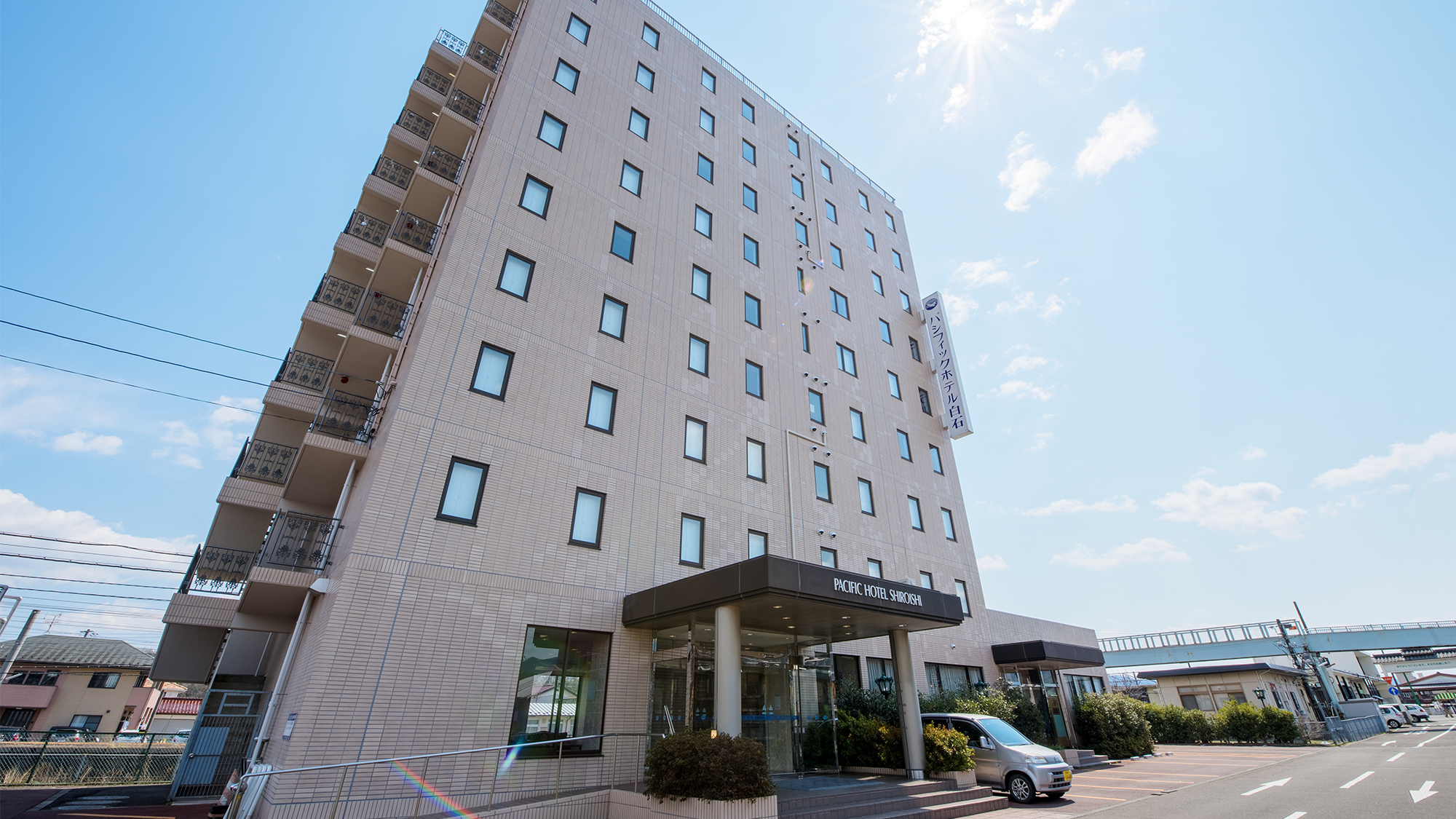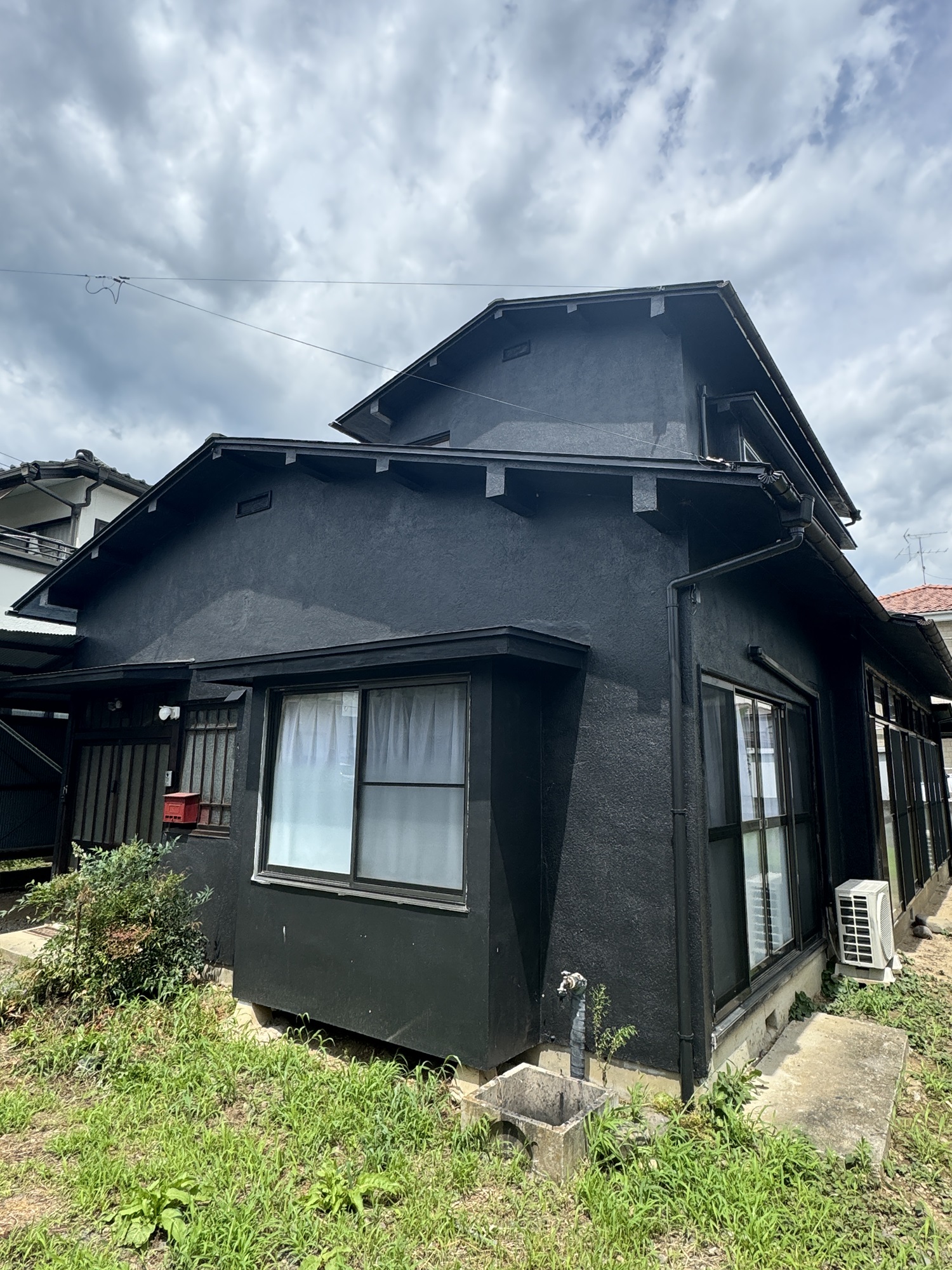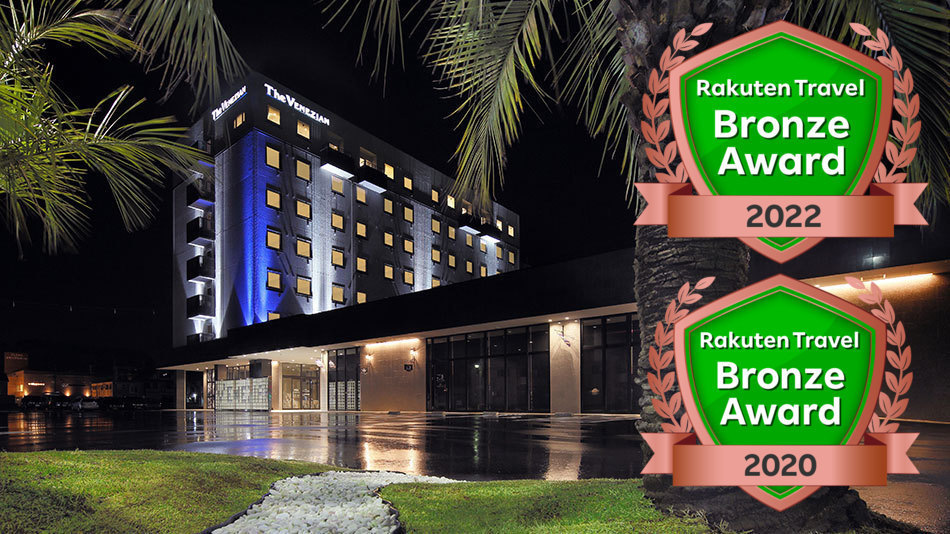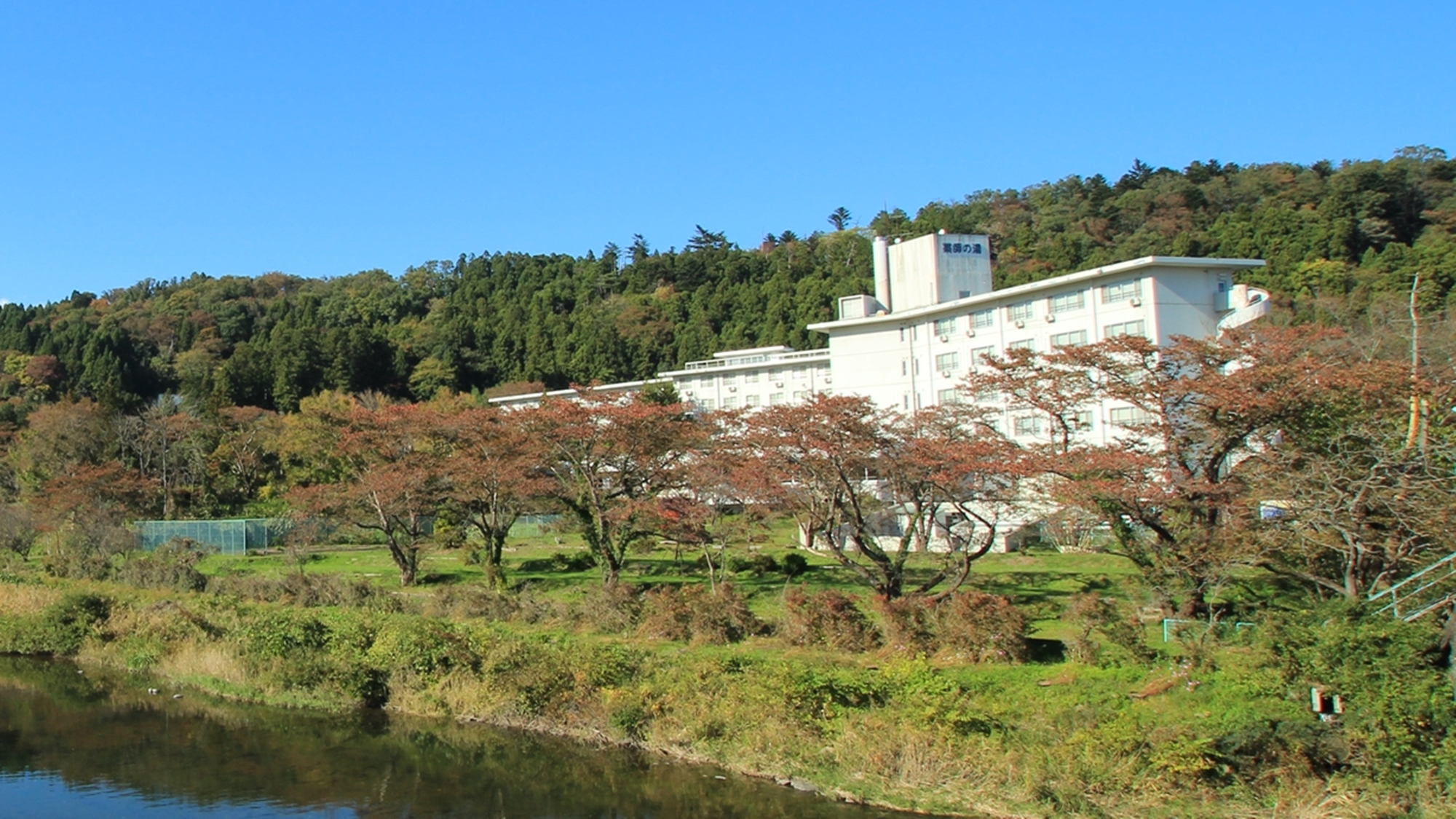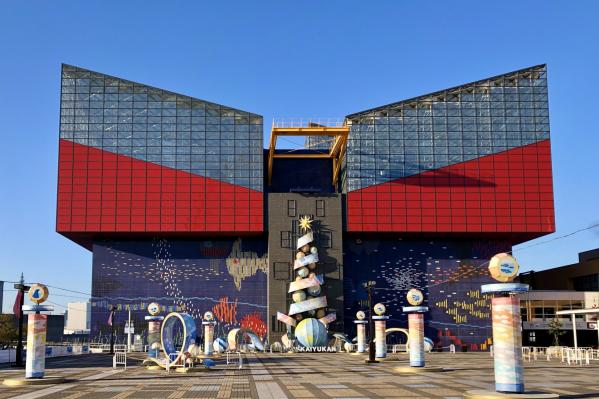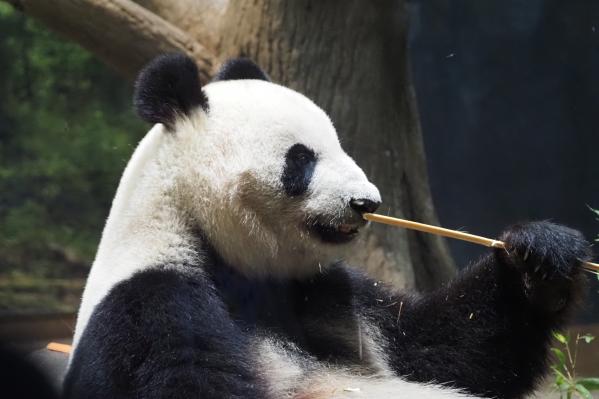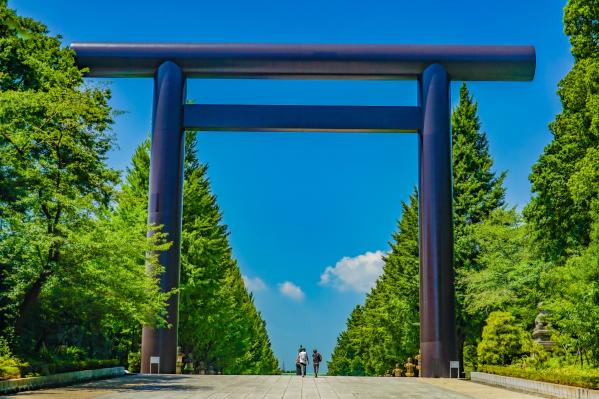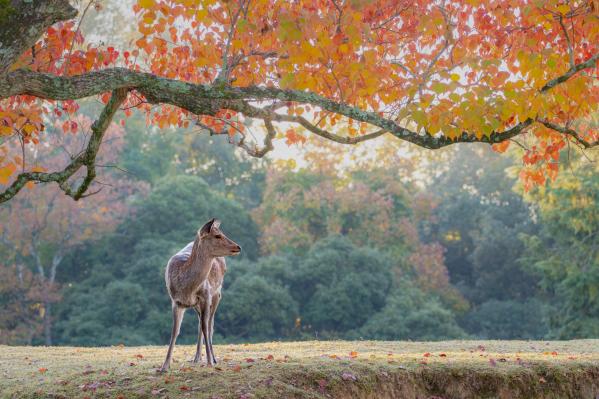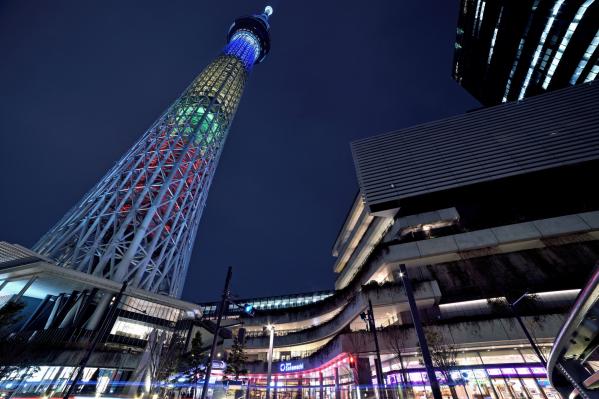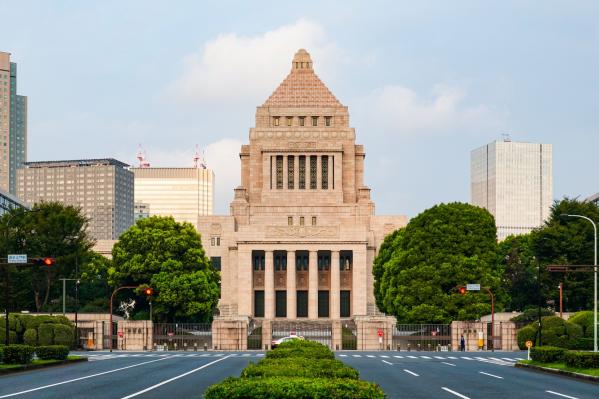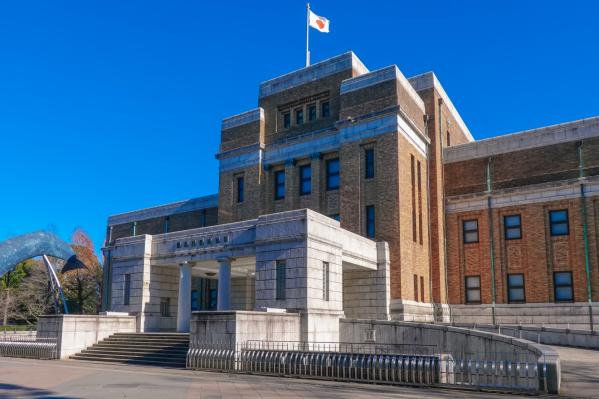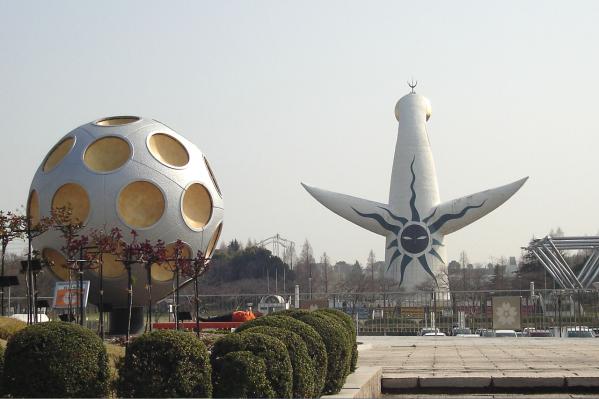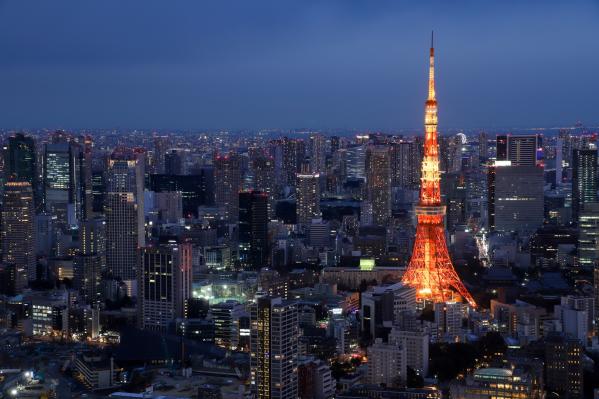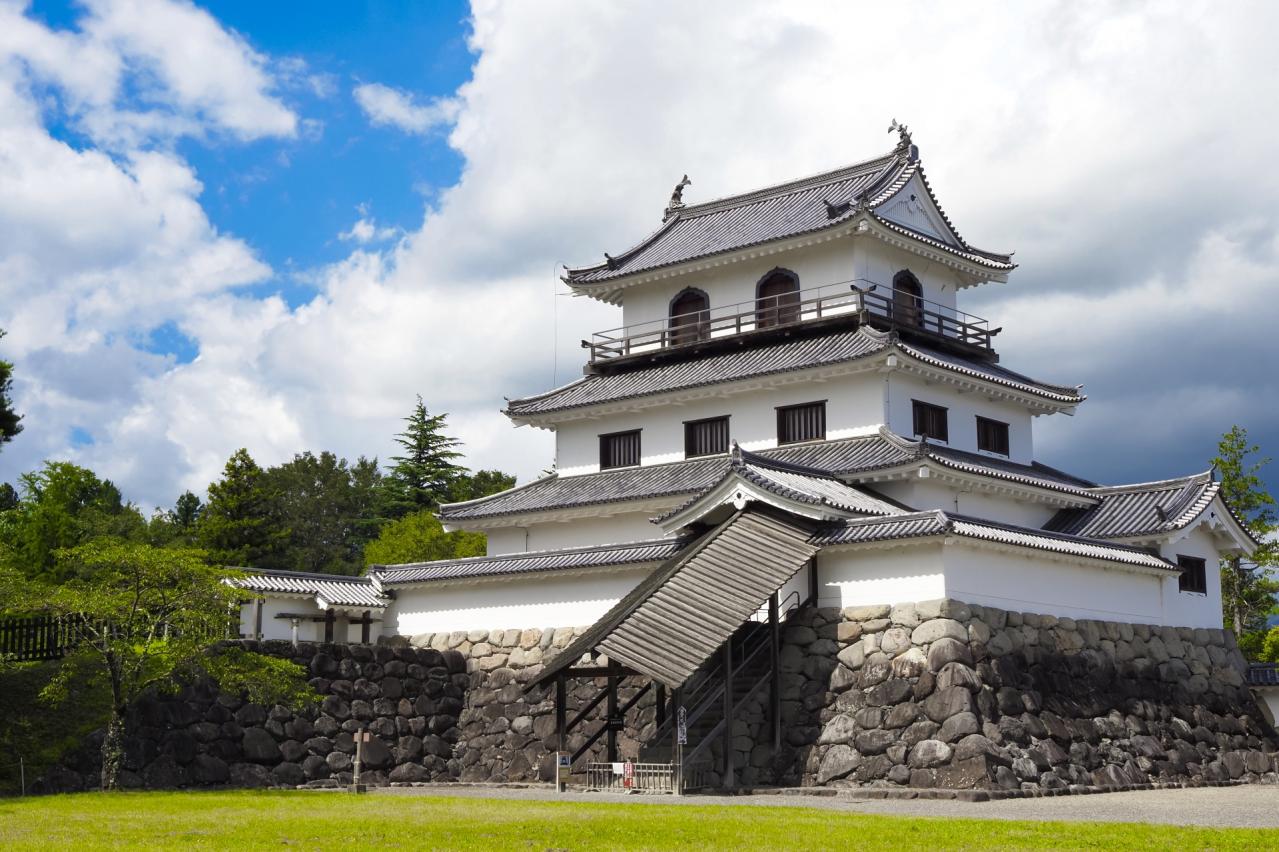
Shiroishi Castle
Basic Information
- Spot Name
- Shiroishi Castle
- Location
- 〒989-0251 1-16 Makioka Town, Shiroishi City, Miyagi Prefecture
- Access
- 5 minutes by taxi from JR "Shiroishi-Zao" Station.
15 minutes on foot from JR "Shiroishi" Station. - Parking
- Parking available.
- Business Hours
- 9:00 AM to 5:00 PM (from November to March: 9:00 AM to 4:00 PM, last admission is 30 minutes before closing)
- Regular Holiday
- December 28th to 31st
- Fees
- Adults: 400 yen, Elementary, Junior High and High School Students: 200 yen
- Contact Information
- Phone Number: 0224-24-3030
- Official Website
Map
Detailed Information
Shiroishi Castle (also known as Masuoka Castle) is a flatland castle located in Masuoka Park in the center of Shiroishi City, Miyagi Prefecture. It is designated as a historical site by Shiroishi City. Following the Battle of Sekigahara, it served as the residence of the Katakura clan, prominent retainers of the Date clan, for about 260 years, protecting the southernmost tip of the Sendai domain until the Meiji Restoration. Known as one of the few castles permitted to remain after the "One Castle per Province" decree in 1615, it also played an important role during the Boshin War, where alliances were formed among the domain lords of the Ou region.
Historical Overview:
The existence of the castle is presumed during the late Sengoku period, but there is insufficient historical documentation to confirm its founders or the exact time of construction. Throughout the Edo period, the Katakura family used it as their residence, and after the Meiji Restoration, it was surrendered to the new government and dismantled in 1874. Subsequently, in 1995, the three-story turret (also called the main keep or large turret) and the Ote Gate No. 1 and No. 2 were reconstructed in wood based on historical facts to commemorate the achievements of Katakura Kojuro Kagechika. Some castle gates from the Edo period were relocated to temples, with the Higashiguchi Gate remaining at Toshinji Temple and the Umekuchi Gate at Enmeiji Temple.
Restoration and Structure of the Three-Story Turret:
Restoration Year: 1995 (about 120 years after its destruction in 1874)
Scale: Three stories (1st floor = 9 rooms east-west x 6 rooms north-south; 3rd floor = 5 rooms east-west x 3 rooms north-south)
Height: Approximately 16.7 meters from the top of the stone wall (one of the largest wooden restorations post-war in terms of both height and width)
Restoration Policy: Faithful wooden reconstruction based on archaeological and historical research. It received special certification under Article 38 of the Building Standards Act, using domestically sourced wood and traditional construction methods.
Main Materials and Techniques: Pillars = Yoshino cypress; finishing materials = Aomori hinoki, pine logs, red cedar, etc. It employs traditional wooden joinery without metal reinforcements, with walls made of local earthen walls finished with plaster. The fireproof structure is approximately 21 to 24 cm thick, with an expected lifespan of around 250 years.
Internal Features: The outdoor perimeter on the first floor features a warrior’s pathway, with stone drops on the north and west sides, and arrow slits (square) and gun ports (round) installed on the outer walls. The third floor serves as a watchtower, equipped with railings and fire exits around it, providing excellent views of Shiroishi City and the Zao mountain range.
Stone Walls: The foundation of the turret is built using natural stones stacked without processing, displaying the differences in period and functionality with the use of imbedded stones from the outer wall base to the Ote Gate.
Park and Seasonal Highlights:
Masuoka Park has approximately 200 cherry trees, which bloom beautifully around mid-April each year. In the summer, visitors can enjoy the Shiroishi Summer Festival Fireworks from the turret, and by late October, the autumn colors reach their peak, creating a stunning contrast with the white plaster of the castle. A chrysanthemum exhibition is also held around this time, further enhancing the scenic view. In winter, the harmony of white snow and plaster, the luster of silver tiles, and the natural color of wooden parts create a dignified vista with the Zao mountain range in the background.
Experiences and Facilities:
Armor Wearing Experience: Visitors can take photos while wearing armor, which is popular among tourists both domestically and internationally (reservation may be required).
Shiroishi Castle History Exploration Museum: Features a 1:500 scale diorama of the castle and castle town, as well as armor, swords, and matchlock guns associated with the Katakura family. Visitors can learn about the history of Shiroishi Castle through a theater presentation on a large screen. The museum also includes a souvenir shop (selling Kojuro merchandise and local specialties like U-men) and dining areas.
Viewing Points:
The restored three-story turret offers a deeper understanding when appreciating both its exterior beauty and internal structure. There are numerous highlights, including the arrow slits, stone drops, variations in stone wall construction, and the traditional wooden joinery of beams and joints. The panoramic view of Shiroishi City and the Zao mountain range from the highest railing changes with the seasons and times of day, captivating visitors.
Shiroishi Castle symbolizes the memory of the Date clan's military and cultural heritage along with the name of Katakura Kojuro. With its wooden main keep rebuilt using traditional techniques, practical designs, and seasonal landscapes and experience programs, it attracts a wide range of visitors, from history enthusiasts to families.
Shiroishi Castle Movies
Miyagi Tourist Attractions
View ListZuigan-ji Temple
Zuiganji Temple, founded in 828, is the family temple of the Sengoku warlord Date Masamune. After the temple fell into decline during the Sengoku period, Masamune re...
Oosaki Hachimangu
Osaki Hachiman Shrine is a Shinto shrine founded in 1607 by Date Masamune. The main shrine buildings (honden, ishi no ma, and haiden) were designated as national tre...
Sendai Castle Ruins
Sendai Castle (Aoba Castle) is a historic mountain castle that once existed in Sendai City, Japan. Constructed over 400 years ago by the first lord of the Sendai dom...
Sendai Umino-Mori Aquarium
Sendai Uminomori Aquarium is one of the largest aquariums in Tohoku, and its charm lies in the dolphin, sea lion, and bird performances held in an open stadium. The ...
Okama Crater in Zao
Mount Zao, located on the border between Miyagi and Yamagata Prefectures, is one of Japan's 100 famous mountains. At its center lies the Zao Okama, a crater lake sur...
Akiu Otaki
Akiu Great Falls is a straight waterfall located in Sendai City, Miyagi Prefecture, with a width of 6 meters and a drop height of 55 meters. It is selected as one of...

![[仙台城郭ナビ]片倉小十郎景綱の居城 白石城](https://i.ytimg.com/vi/v3qXCAatahw/mqdefault.jpg)


![【仙台藩】刈田郡 白石城の歴史 [平安時代~現代]](https://i.ytimg.com/vi/gxwjTAyS7AM/mqdefault.jpg)



